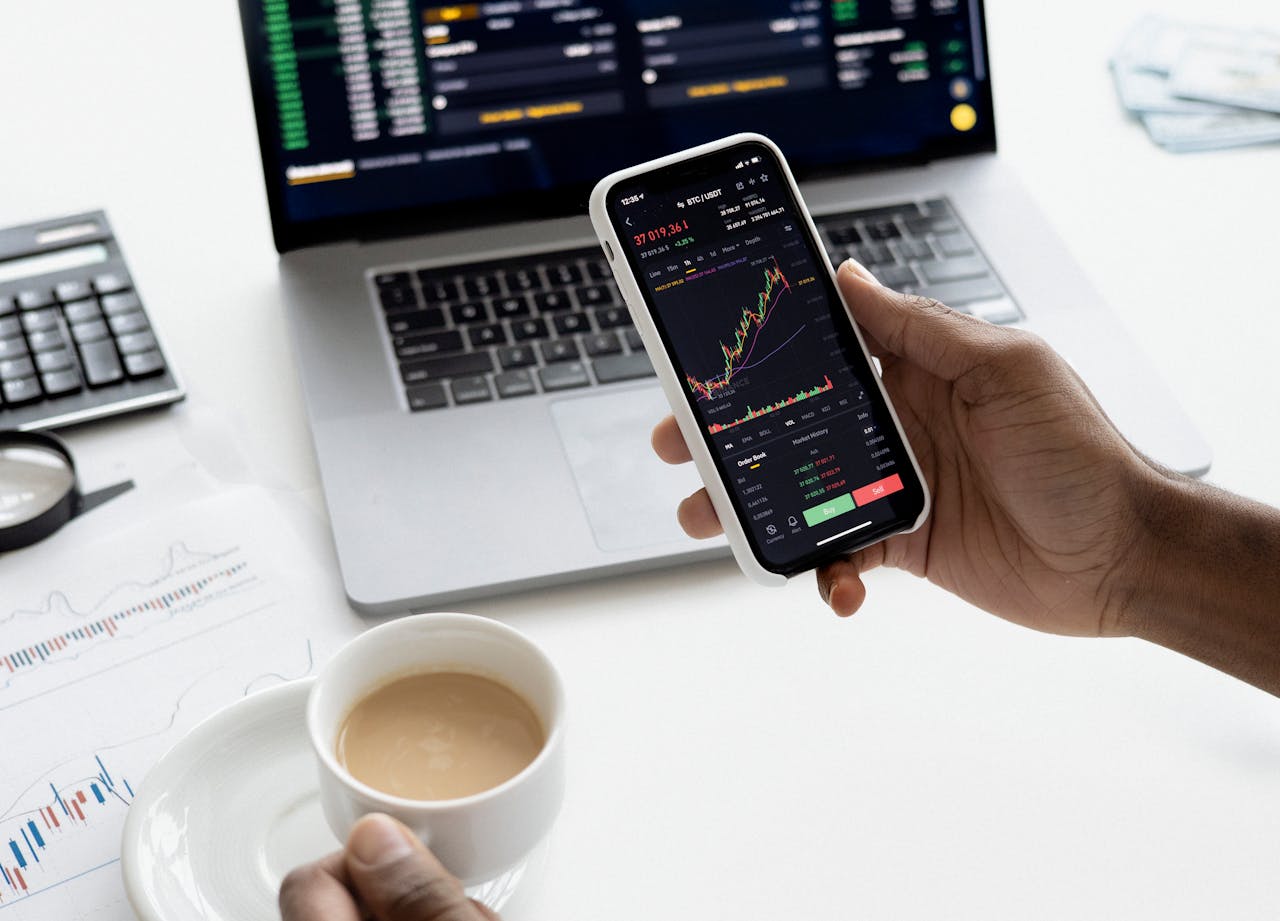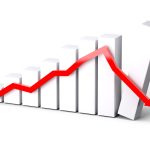Passive investing through index funds and ETFs hused to be a niche investment tactic known only to the most market-savvy. The recent Motilal Oswal Passive Survey 2025 shows that they have gone mainstream in India in a big way, with 68% of mutual-fund investors now holding at least one passive product. The share of passive funds in India's mutual fund assets under management (AUM) reached around 16-17%, valued at approximately ₹12.2-12.56 lakh crore as of August-September 2025.
What are Passive Funds?
They come in two types:
Index funds | mutual funds that replicate the performance of a specific market index, such as the Nifty 50 or BSE Sensex, by holding the same securities in the same proportions. |
Exchange-Traded Funds (ETFs) | They are similar to index funds but are more selective in underlying stocks, bonds or other assets (e.g. gold ETFs). They can be traded on stock exchanges like shares, offering intraday liquidity and low costs. |
Why Passive Funds are Growing in India
This shift in investor choices reflects
- Increasing maturity of the Indian market,
- Rising appetite for sophisticated investment products, and
- A need for long-term portfolio-building over short-term gains.
Three practical reasons explain the surge, of which the Motilal Oswal survey found cost and diversification the leading drivers:
Cost Awareness | Passive funds typically charge far lower expense ratios (ERs) than active funds, letting more returns reach investors. Since by definition, they don't need more management than initial structuring, there is no need for ‘star fund managers’. |
Simplicity and Transparency | Index funds explicitly track a known index, making performance expectations clear. |
Diversification and Accessibility | ETFs and index funds give retail investors affordable exposure to entire market segments without stock-picking. |
Advantages and Disadvantages of Passive Funds
Aspect | Advantages of Index Funds and ETFs | Disadvantages |
| Cost Efficiency | Very low expense ratios — fewer fund-management costs and no research overheads. | No active management — cannot outperform the benchmark, even when opportunities exist. |
| Transparency | The portfolio composition and index tracked are publicly available and easy to understand. | The fund must follow the index even if certain stocks become overvalued, offering no flexibility. |
| Performance Consistency | Historically outperform most active funds after fees over the long term. | During bear markets, passive funds mirror market declines with no risk mitigation. |
| Diversification | Instant diversification across many stocks, sectors, or geographies depending on the index. | Some indices are heavily weighted toward a few large-cap stocks, reducing diversification benefits. |
| Simplicity & Accessibility | Easy to start via SIPs with small investments, making them ideal for beginners. | Index funds cannot exclude specific companies or sectors (ethical, ESG, etc.) easily compared to curated active funds. |
| Liquidity | ETFs can be traded intraday on stock exchanges, offering flexibility. | ETF prices can deviate from NAV due to market demand/supply and bid-ask spreads. |
| Risk Profile | Suited for long-term investors seeking market-level returns with moderate risk. | Not suitable for those seeking alpha generation (i.e. fund performance exceeding the market). |
| Portfolio Role | Best used as core holdings in a diversified portfolio for stable, predictable exposure. | Requires periodic rebalancing to maintain asset allocation as markets move. |
| Psychological Ease | No need to time the market for hot gains since the timing is baked in. | Can cause complacency — investors might ignore market shifts or emerging risks. |
Steps to use Passive Funds in Your Portfolio
- Treat passive funds as the core of your equity portfolio, using
- broad market index funds for long-term equity exposure
- bond index funds for fixed income, and
- ETFs for tactical or sector tilts.
- Combine passive holdings with selective active strategies if you seek to outperform the market while mitigating risk.
- Rebalance periodically and keep an eye on fees and fund liquidity.








